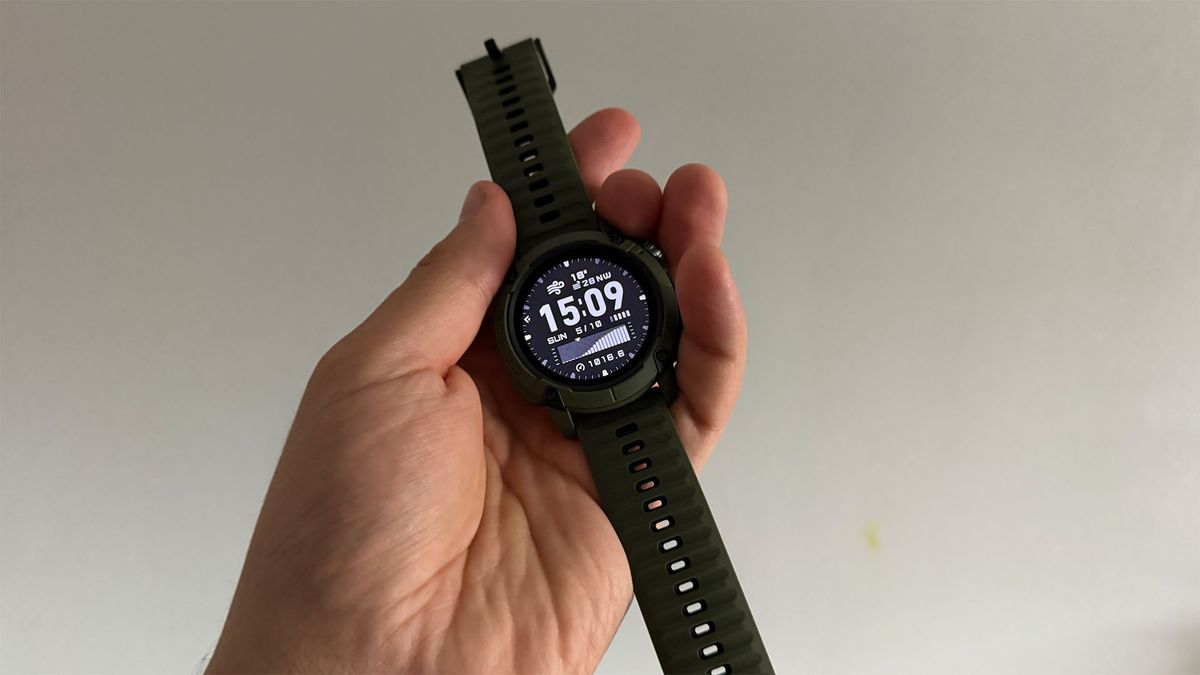People in Florida are having to worry about a unique disease-carrying insect known as the kissing bug. New research shows these bugs are often loaded with a parasite that can cause a chronic, potentially life-threatening infection.
Scientists from the University of Florida (UF) and Texas A&M University led the study, published Monday in PLOS Neglected Tropical Diseases. They collected samples of kissing bugs found inside people’s homes, finding that a third were infected with the parasite Trypanosoma cruzi, the cause of Chagas disease. The findings suggest this currently rare infection can make inroads into the southeastern U.S., the researchers say.
Kissing bugs are formally known as triatomines. Their nickname comes from their feeding habit, which involves sucking blood from the vicinity of people’s mouths. Many kissing bug species can potentially carry T. cruzi and spread it to their animal hosts, though only several are known to regularly infest humans. To add insult to injury, the bug typically infects humans by pooping on the bite wounds it leaves behind.
Chagas disease can occur in two stages. There’s an acute phase where people may experience flu-like symptoms and a distinct swelling of the eyelid (this usually happens when the bug bite/infection happens near the eye). There can also be a chronic phase of infection. Most people won’t experience illness in either phase, but up to a third of people with chronic Chagas disease will eventually develop serious health problems, such as an enlarged heart and colon, or even heart failure.
About 8 million people worldwide are estimated to be living with Chagas, including 280,000 in the United States. Most of these U.S. cases are thought to have been caught elsewhere, particularly in parts of Central and South America where T. cruzi is endemic. That said, there are at least 11 species of kissing bug that live in the U.S., including a few known to invade human dwellings. Some past research has also found evidence of local Chagas transmission within the U.S. According to the study authors, however, there’s still little we know about its potential risk in Florida.
Between 2013 and 2023, the researchers collected or received over 300 samples of kissing bugs (specifically the species Triatoma sanguisuga) found across 23 counties in Florida. A third of the samples came from inside people’s homes, and these bugs primarily fed on human blood. 30% of all bugs tested positive for T. cruzi, with infections found in 12 counties.
The findings don’t confirm that Florida residents are getting infected with Chagas by their local kissing bugs, the researchers say. That said, they do show that the conditions needed for this infection to spread are certainly there in Florida and other nearby states.
“This indicates that the environment in the southeastern United States is suitable for [local] transmission of Chagas disease or that the human risk for T. cruzi infection is possible,” the authors wrote in their paper.
While more work is needed to understand the exact risk Chagas disease may pose to residents in Florida and elsewhere, plenty can already be done to lower people’s odds of exposure to it. Pesticides can play a part in controlling kissing bug populations, but it’s also important to make our homes less appealing to the bugs in the first place. Much like mosquitos prefer stagnant water, kissing bugs love to make themselves cozy in firewood and lumber. So it’s prudent to store this sort of clutter away from the home, the researchers say.
“Don’t keep those woodpiles right next to your house. Don’t keep them right next to where your dog sleeps; I think that’s a huge part of it,” said study senior researcher Samantha Wisely, a professor at the UF College of Agricultural and Life Sciences, in a statement from the university.
As if you needed another reason to hate kissing bugs—they’re also distant cousins of bedbugs, another blood-sucking fiend that’s capable of spreading Chagas disease as well.








 English (US) ·
English (US) ·